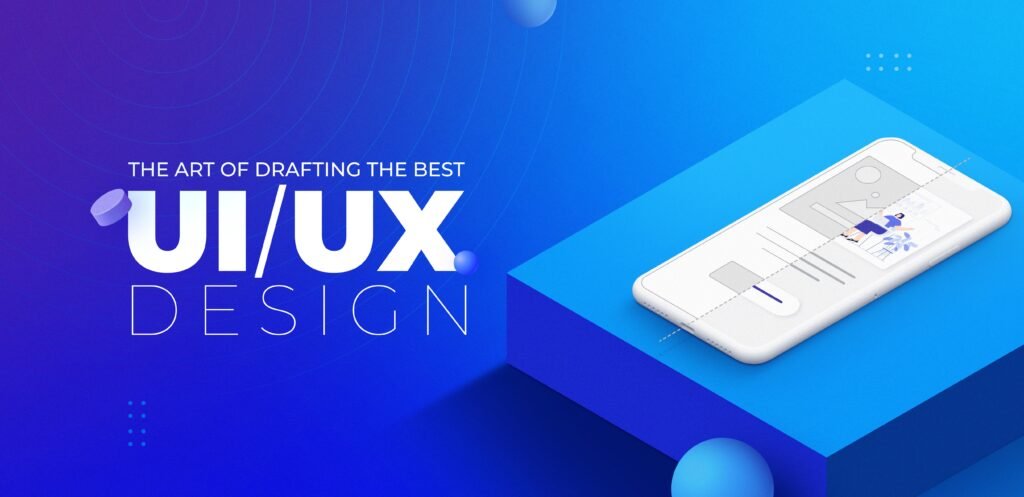UI-UX Web design

UI-UX and Web Design
Learning UI/UX Web design is essential for several reasons:
If people don’t like the look of your website on first glance, then you might never win them back. In a distracting world where we are constantly inundated with information, it only takes the gentlest nudge to knock someone’s attention off course.
- User-Centered Design: UI/UX Web design focuses on creating websites and applications that are user-centered. Understanding user behavior, preferences, and needs helps designers create intuitive and user-friendly interfaces, leading to a better overall user experience.
- Career Opportunities: UI/UX designers are in high demand in the job market. Many companies recognize the importance of providing excellent user experiences, leading to a growing demand for skilled UI/UX designers.
- Enhanced Website Performance: A well-designed UI/UX can improve website performance by reducing bounce rates, increasing user engagement, and boosting conversions.
- Competitive Advantage: In today’s competitive digital landscape, a well-designed user interface can differentiate a product or service from its competitors.
- Customer Satisfaction: User-friendly interfaces lead to higher customer satisfaction, which can result in increased customer loyalty and positive word-of-mouth referrals.
- Better Problem Solving: UI/UX designers learn to identify and solve usability issues, making products and websites more efficient and effective.
SQL Training Course Details:
Typical topics covered in a comprehensive UI/UX Web design course include:
- Introduction to UI/UX: Overview of user interface and user experience design, their importance, and the design process.
- User Research: Techniques to understand user behavior, preferences, and pain points to inform the design process.
- Information Architecture: Organizing and structuring content to create a seamless user experience.
- Wireframing and Prototyping: Creating low-fidelity wireframes and interactive prototypes to visualize design concepts.
- Visual Design: Principles of visual design, color theory, typography, and iconography to create visually appealing interfaces.
- Interaction Design: Designing interactive elements and animations to enhance user engagement.
- Responsive Design: Designing interfaces that adapt to different devices and screen sizes.
- Usability Testing: Methods to test and evaluate the usability of a design with real users.
- Design Tools: Familiarization with popular design tools like Adobe XD, Sketch, Figma, or InVision.
- Design Thinking: Applying design thinking principles to approach problem-solving and innovation.
- Accessibility: Ensuring that designs are inclusive and accessible to users with disabilities.
- Collaboration: Working with developers, product managers, and other stakeholders to implement the design.
This course comes with hands-on projects, practical exercises, and opportunities for feedback to enhance your learning experience.
